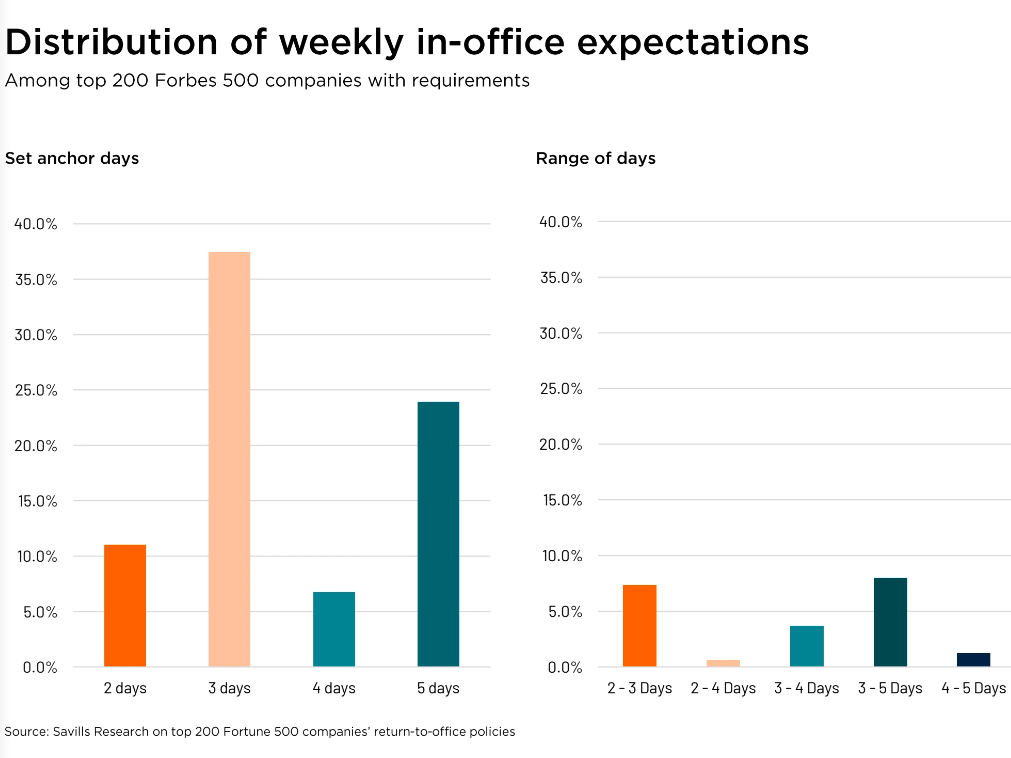What Signature Bank’s Shutdown Means for the NYC-Area CRE Market
Other regional powerhouses will be under greater scrutiny, experts say.

Image by mohamed_hassan via Pixabay
One significant consequence of Signature Bank’s shutdown is that many New York City area CRE companies will lose their “go-to” relationship bank.
“Who will step in to take their place if the ship does not quickly stabilize?” quipped attorney Eric Orenstein of the law firm Rosenberg & Estis. “In addition, they were a cash management bank for larger loans, and the industry is now looking to replace the cash management functions of Signature with other banks.”
The Federal Deposit Insurance Co. took over New York City-based Signature and Silicon Valley Bank of Santa Clara, Calif., after panicky depositors caused runs on both banks. The FDIC has guaranteed that it will “backstop” all deposits out of the Deposit Insurance Fund, even those that exceed the usual $250,000 limit, and it is in the process of auctioning off the banks’ assets.
READ ALSO: How a Looming Recession Impacts CRE Deals
As of Dec. 31, 2022, Signature Bank held $33 billion in commercial real estate loans, mostly in the New York metropolitan region. Of that total, $19.5 billion was multifamily and roughly $14 billion was commercial. The bank claims to be among the top three multifamily lenders in the city and, at times, the No. 1 lender. After acquiring Boston Private in 2021, Silicon Valley Bank, on the other hand, held just $2.6 billion in commercial real estate loans in its own region.
Despite Signature’s outsize presence, however, its collapse is not expected to impact overall liquidity in its primary marketplace. “I think people still have a lot of options,” Orenstein said.
Customers will probably pay more with other banks, though. “Signature’s margins were lower than average so borrowers should expect a new lender to be pricing terms much higher than Signature did,” said Brian Brady, vice president of Capital markets at Matthews Real Estate Investment Services.
Don’t panic, But Be Cautious
Both Signature Bank and Silicon Valley Bank were upended last week by their executives’ unfortunate investment decisions. In announcing the FDIC takeover and the backstop measure, President Biden said the banks’ executives would be fired and its investors would not be reimbursed. “They knowingly took a risk and, when the risk didn’t pay off, they lost their money,” Biden said. “That’s how capitalism works.”
These bank collapses are hopefully, as Fed chairman Jerome Powell characterized them, isolated incidents. Nevertheless, they have the potential to inspire even greater unease in the real estate capital markets.
“Money was cheap for quite a long time and so the shock of rapid and sustained rate increases should have meant that the Fed was looking more closely at short-term and long-term obligations of the banks,” Marc Norman, an associate dean at the NYU Schack Institute of Real Estate expressed this concern to CPE. “As their regulator, it is surprising the scrutiny didn’t happen, or the problems weren’t caught, much, much earlier.”
Richard Barkham, global chief economist at and head of Global Research & head of Americas Research at CBRE, agrees the failures were an aberration brought on by the banks’ specific investment strategies, but, he said, they compound widespread financing struggles for CRE.
“Real estate capital values, which had already been falling, will be further pressured by an even more tightly constrained credit market,” Barkham said in a prepared statement. “The failure of SVB will particularly exacerbate credit availability challenges in the office sector. Real estate sectors with sounder fundamentals are likely to be less affected.”
Furthermore, according to Barkham, the turbulence could increase the likelihood of a moderate recession in the second quarter and may reflect some broader form of instability among the more regional financial institutions, which often do not see the full extent of federal assistance in the event of a collapse, particularly those with many real estate loans.
Specifically, Brady said, banks with investments “farther out” on the yield curve could find themselves with distinct liquidity hurdles, Brady said. “I fear that the SVB ‘virus’ could be contagious as we learn more about other institutions’ balance sheets,” he told Commercial Property Executive.
Consequently, Brady advises caution for creditors and borrowers, and to appropriately adjust their practices. “Lenders which adjust credit standards to reflect today’s market will survive,” he said. “A bank failure often leads to stricter underwriting guidelines. While nobody likes a tightening market, a little discomfort today is preferable to a frozen CRE lending system tomorrow.”
Problems of Perception
Harlan Peltz, co-executive chairman at iBorrow, a commercial real estate lending firm, sees the biggest impacts ‘s of SVB failure to be on sentiments in the financial markets. “[It’s] is a relatively small portfolio, so the impact appears to be on perception, and the falling equity prices reflect the market’s attempt to quantify risk across the banking sector stocks,” Peltz said. “But, given the FDIC’s definitive action, I would expect the knock on-effect to be relatively mild and contained vs. what it would have been without intervention.”
Regarding Signature’s assets, Peltz anticipates a likely shift towards depositors pivoting their investments towards larger banks. “It may cause depositors at small banks to move their deposits to larger banks,” he said. “The borrowing costs will continue to be paid for by the borrowers and the loans serviced by the note owner, regardless of who owns the bank.”







You must be logged in to post a comment.